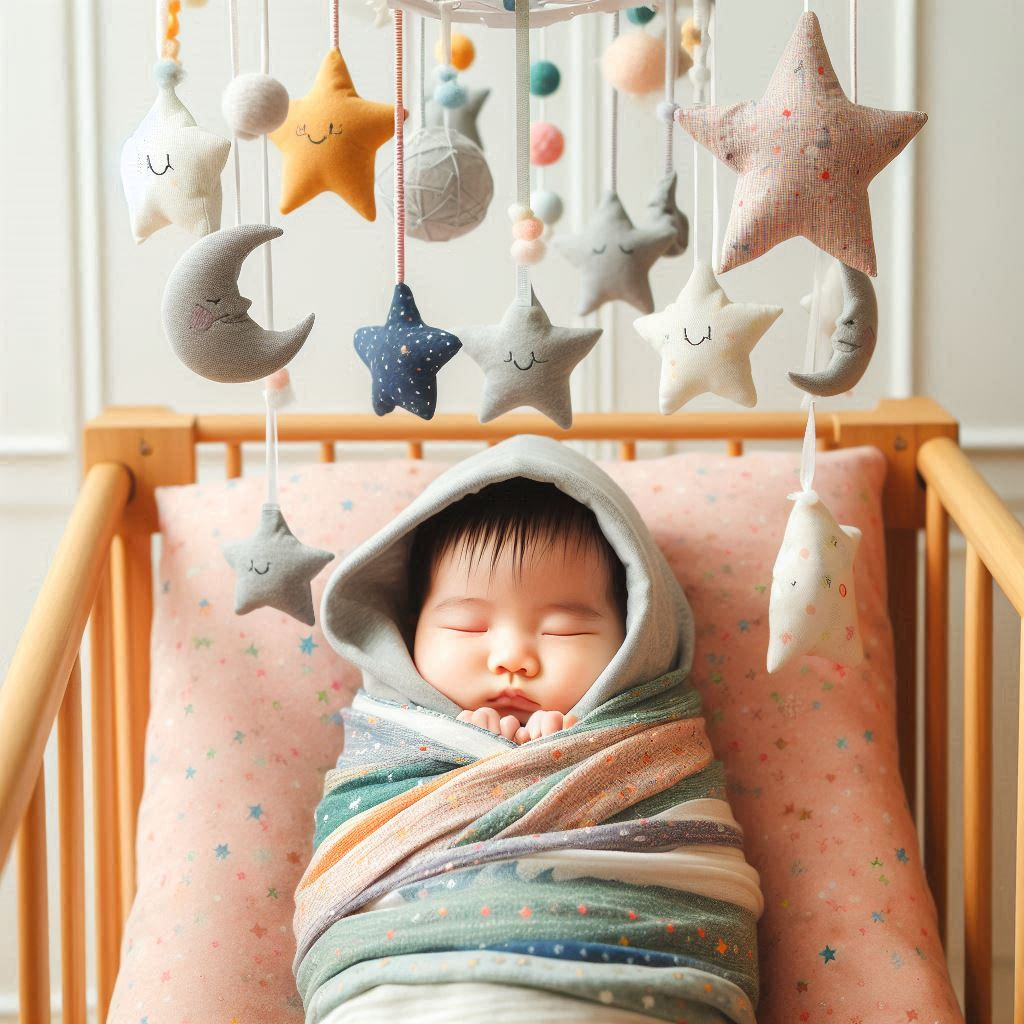What is Infant Bunting?
As a parent, keeping your baby warm and cozy is always a top priority, especially during those chilly months. That’s where infant bunting comes in – a clever invention that’s been helping parents for decades. But what exactly is infant bunting, and why has it become such a popular choice for baby gear? Let’s dive in and explore this cozy world together!
Quick Answer
Infant bunting, also known as a bunting bag, is a snug, sleeping bag-like garment designed to keep babies warm and comfortable, particularly in cold weather. It’s often used for outdoor activities like stroller rides and can sometimes be adapted for use in car seats, though safety considerations are crucial.
The Cozy History of Infant Bunting
The term “bunting” might sound like something from a baseball game, but its origins in baby care go way back to the 1920s. Back then, parents were looking for better ways to keep their little ones warm during those crisp autumn days and chilly winter nights. The bunting bag was born – a hooded sleeping bag specially designed for babies.
It’s pretty amazing when you think about it – this simple yet effective design has stood the test of time for nearly a century! Why? Because it works. Parents from the Roaring Twenties to today’s tech-savvy moms and dads have all found that a good bunting bag can make life with a baby a whole lot easier (and warmer).
Why Parents Love Infant Bunting
So, what’s all the fuss about? Why do parents swear by these cozy cocoons for their little ones? Let’s break it down:
- Warmth Wonder: The number one job of a bunting bag is to keep your baby toasty warm. It’s like a portable, wearable blanket that your baby can’t kick off in the middle of the night (or day).
- Convenience is Key: Picture this – it’s a cold day, and you need to run errands. Instead of struggling with multiple blankets and layers, you simply zip your baby into their bunting bag, and you’re good to go!
- Snug as a Bug: Many babies love feeling secure and snuggled up. A bunting bag can provide that cozy, womb-like environment that helps them feel safe and often sleep better.
- Versatility: Whether you’re going for a walk, running errands, or just hanging out at home, a bunting bag can be a go-to solution for keeping your baby comfortable.
Choosing the Perfect Bunting Bag: A Parent’s Guide
Alright, so you’re sold on the idea of infant bunting. But with so many options out there, how do you choose the right one? Don’t worry, I’ve got you covered. Here are some key things to keep in mind:
Size Matters
When it comes to bunting bags, size really does matter. You want something that fits your baby just right – not too tight, not too loose. Think of it like Goldilocks finding the perfect bed – it needs to be just right!
- Room to Wiggle: Your baby should have enough space to move their arms and legs naturally. After all, we don’t want to completely restrict their movement.
- Not Too Roomy: On the flip side, if the bunting bag is too big, your baby might slip down inside it, which can be dangerous.
- Growth Spurt Ready: Remember, babies grow fast! Look for a bunting bag with some room to grow, but not so much that it’s unsafe for your current little bundle.
Material World
The material of your bunting bag can make a big difference in your baby’s comfort. Here’s what to look for:
- Breathability is Best: Opt for materials that allow air to circulate. This helps prevent your baby from getting too hot and sweaty.
- Fleece is Fine: Fleece is a popular choice because it’s soft, warm, and relatively breathable.
- Cotton is Cool: For milder weather, cotton can be a great option. It’s breathable and easy to wash.
- Weather Warriors: Some bunting bags come with water-resistant outer layers for those drizzly days.
Design Details
When it comes to bunting bag design, simpler is often better. Here’s why:
- Zip It Up: Look for bags with easy-to-use zippers. They make it quick to get your baby in and out, which is crucial when you’re dealing with a squirmy little one or freezing temperatures.
- Button Battles: While buttons can look cute, they can be a hassle when you’re trying to wrangle a wiggly baby. Plus, they can potentially come loose, which is a safety concern.
- Hood or No Hood: Some bunting bags come with built-in hoods for extra warmth. These can be great, but make sure they don’t cover your baby’s face.
A Tale of Two Seasons: My Bunting Bag Story
Let me share a little story from my own parenting journey. When my daughter Zoe was born in the fall, I thought I was prepared for everything. I had stacks of blankets, tiny mittens, and the cutest little hats you’ve ever seen. But when winter hit, I realized I was in over my head.
Our daily walks, which had been so enjoyable in the mild autumn weather, became a struggle. I’d layer Zoe up in multiple blankets, only to have her kick them off halfway through our stroll. She’d end up cold and cranky, and I’d end up stressed and questioning my parenting skills.
That’s when a fellow mom at the park introduced me to the wonder of bunting bags. I was skeptical at first – it seemed too simple to be true. But let me tell you, it was a game-changer!
I invested in a cozy fleece bunting bag, and our walks transformed. Zoe stayed warm and snug, and I could actually enjoy our time outside without constantly fussing with blankets. Plus, Zoe seemed to sleep better during our outings, lulled by the cozy warmth and gentle motion of the stroller.
By the time spring rolled around, that bunting bag had become my favorite baby item. It had seen us through countless walks, grocery store trips, and even a snowy weekend getaway. Now, whenever any of my friends are expecting fall or winter babies, guess what’s at the top of my gift list?
Safety First: Using Bunting Bags Responsibly
Now, as much as I love bunting bags, it’s super important to use them safely. After all, our babies’ safety is always the top priority, right? Here are some key things to keep in mind:
Potential Risks
- Suffocation Concerns: Make absolutely sure that the bunting bag fits properly and doesn’t cover your baby’s face. A loose or oversized bag could potentially ride up and obstruct their breathing.
- Overheating Hazards: While we want our babies to be warm, we don’t want them to be too hot. Overheating can be dangerous for infants.
- Car Seat Caution: This is a big one. Many car seat manufacturers advise against using aftermarket products like bunting bags with their seats. Why? Because these products haven’t been crash-tested with the seat and could affect how the harness fits your baby.
Safe Usage Tips
- Keep Watch: Always keep an eye on your baby when they’re in a bunting bag, especially if they’re sleeping. Regular check-ins can help ensure they’re comfortable and safe.
- Size Check: As your baby grows, make sure to regularly check that the bunting bag still fits well. A bag that was perfect last month might be too small now.
- Follow the Rules: Always read and follow the manufacturer’s instructions and safety guidelines. They know their product best and can provide important safety information.
- Temperature Control: Feel your baby’s neck or back to check if they’re too warm. If they’re sweating or feel hot to the touch, they might be overdressed.
- Car Seat Smart: If you want to use a bunting bag in the car, look for ones specifically designed to be car seat safe. These usually have slots for the harness to pass through.
Bunting Bag Breakdown: Features to Look For
To help you in your bunting bag quest, here’s a handy table summarizing key features to consider:
| Feature | Recommendation | Why It Matters |
|---|---|---|
| Material | Breathable fabrics like fleece or cotton | Keeps baby warm without overheating |
| Size | Snug fit with room for movement | Ensures safety and comfort |
| Closure | Easy-to-use zippers | Makes it simple to get baby in and out |
| Weather Resistance | Water-resistant outer layer for wet climates | Keeps baby dry in light rain or snow |
| Adaptability | Adjustable features for growth | Extends the usable life of the bunting bag |
Wrapping Up: The Cozy Conclusion
So there you have it – the wonderful world of infant bunting! From its origins in the 1920s to its place in modern parenting, the bunting bag has proven itself to be a true parenting MVP.
Remember, choosing and using a bunting bag is all about balance. You want your baby to be warm and cozy, but also safe and not overheated. It’s about finding that sweet spot where your little one is comfortable, and you have peace of mind.
Whether you’re gearing up for your first winter with a new baby, or you’re a seasoned parent looking for better cold-weather solutions, a good bunting bag can be a game-changer. It can make those chilly morning walks more enjoyable, trips to the store less stressful, and even help your baby sleep better when you’re out and about.
But remember, every baby is different. What works for one might not work for another. Don’t be afraid to try different options and see what works best for you and your little one.
At the end of the day, the best bunting bag is the one that keeps your baby safe, warm, and happy – and makes your life as a parent a little bit easier. Because let’s face it, anything that can do that is worth its weight in gold (or at least in baby giggles)!
So go forth, explore the world of infant bunting, and find the perfect cozy cocoon for your little one. Happy bundling!

Jessica Winter is a passionate parenting blogger with two years of experience guiding new and seasoned parents through the joys and challenges of raising babies. Her insightful posts blend personal anecdotes with expert advice to offer a warm and practical perspective on modern parenting.

